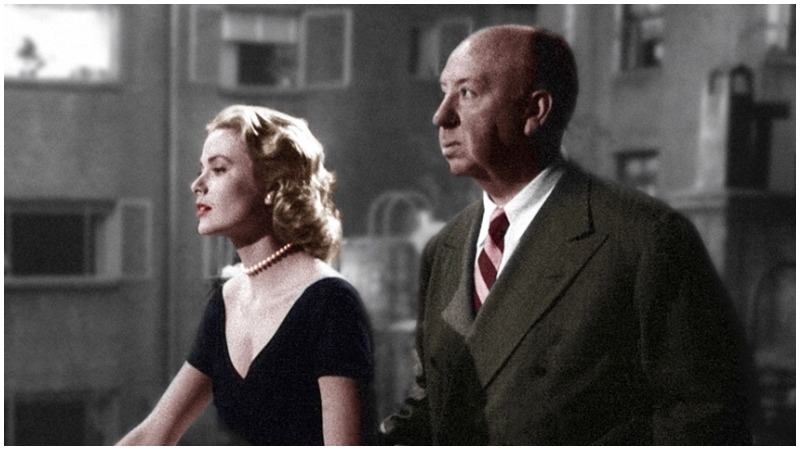Aside from being the “Master of Suspense,” director Alfred Hitchcock was known for his beautiful and conflicted female characters. While his behavior around actresses has been called into question, most notably in the 2012 TV movie The Girl, there was one working relationship that ran pretty smoothly.
During the 1950s Hitchcock began casting Grace Kelly, starting with Dial M For Murder (1954). He was impressed by her cool yet compelling demeanor. A BBC article from 2017 writes he referred to her as a “snow-covered volcano.”
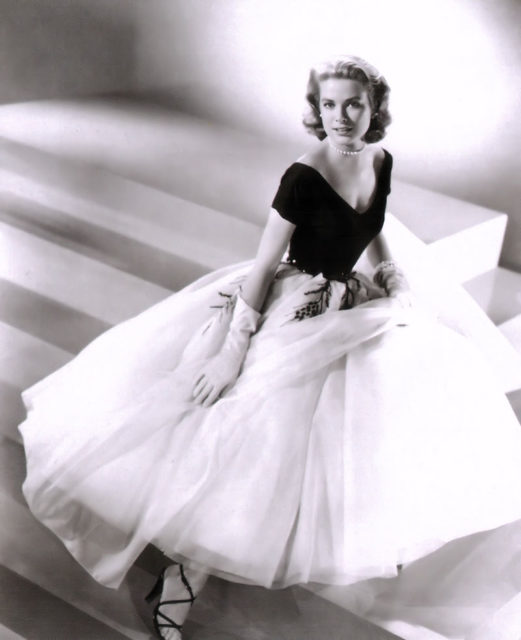
He also directed her in Rear Window and To Catch a Thief. The last film was significant due to its French Riviera location, as Kelly went on to marry Rainier III, Prince of Monaco and her Hollywood career would effectively end.
There was one other project Hitchcock hoped to shoot with her, several years after she’d settled into life as Princess of Monaco. And it was here that the Hitchcock-Kelly collaboration hit a bump in the road.
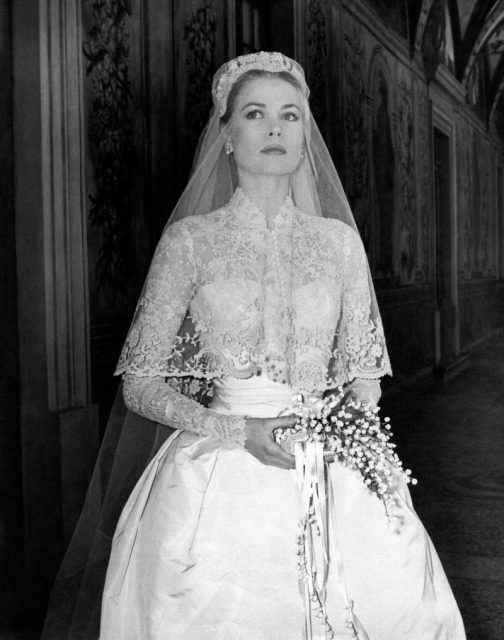
Marnie was a 1961 novel by Winston Graham about a female embezzler who enters into a reluctant relationship with one of her targets.
Hitchcock wanted her for the title role in his adaptation, but couldn’t just hand over a script. Reportedly a friend of the Royal couple, he resisted the urge to broach the subject over dinner.
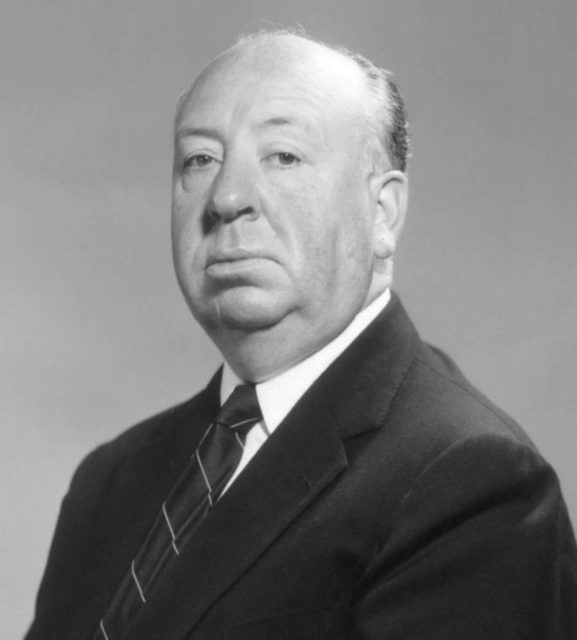
“I am too much of a gentleman to mention work to a princess,” he said, as quoted in Hitchcock and the Making of Marnie. “That would be most uncouth. But I waited and finally, she came to me.”
As for the reason she came to him, that is more complex. For starters there was scheduling.
Princess Grace had responsibilities to bear, so it was agreed the movie would be shot during a family vacation in the US, killing two birds with one stone and avoiding any clashes.
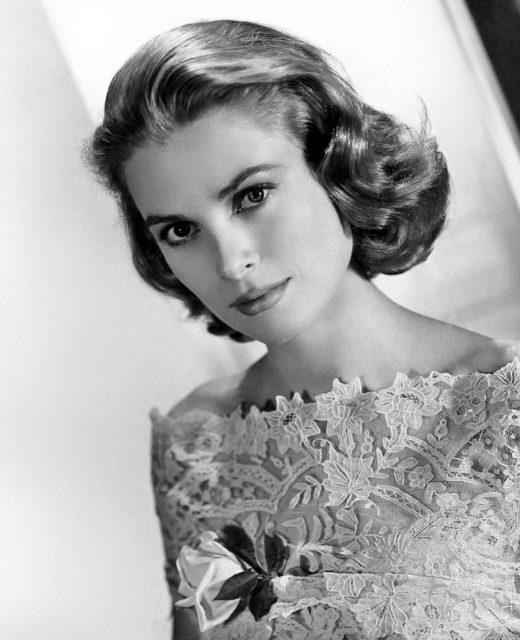
Then there were the protests from MGM. Marnie was being produced by Universal Pictures, and back in the days of the all-powerful studio system, MGM argued their contract with her was still binding.
According to Hitchcock and the Making of Marnie, “Metro Goldwyn Mayer claimed that their contract with Kelly was merely suspended and not canceled when she left Hollywood in 1956; therefore, she could only make films for them… Hitchcock’s reply was that because the contract was made in 1953, by law it could only last seven years.”
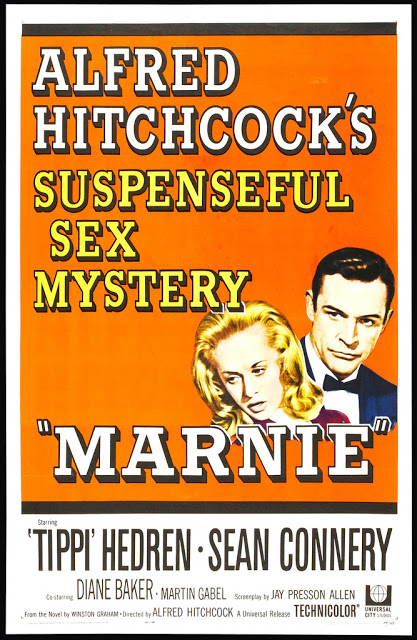
Thankfully, due to the dawning of another decade, the red tape was out the way and production could begin.
But rumors were swirling about Princess Grace’s motivation. Stories appeared claiming the part had been taken for financial reasons. Monaco was luxurious yet also constitutionally precarious.
Running it was a juggling act, though Rainier III strenuously denied Grace’s involvement for monetary gain.
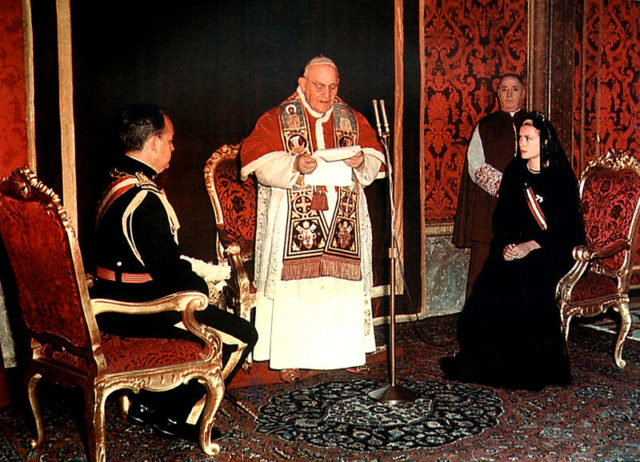
According to screenwriter Joseph Stefano, Hitchcock believed that was the reason the Princess said yes.
If people thought Marnie was about to come to life, they were going to be disappointed.
In 1962 Hitchcock decided to hold off the shoot until the following year. He’d recently finished The Birds and the timeframe was tight.
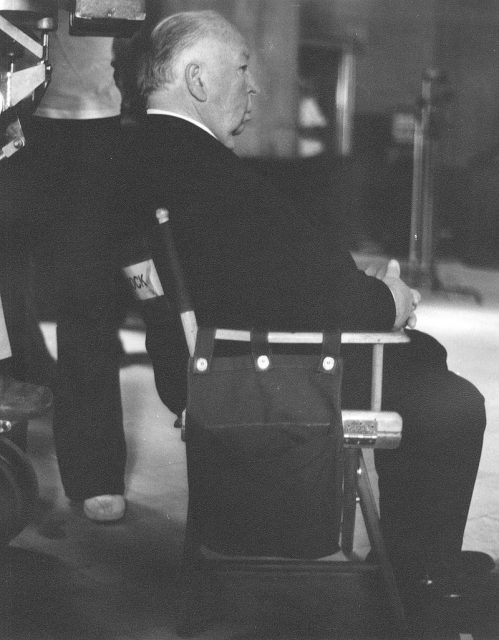
This was the straw that appeared to break the camel’s back. The Princess withdrew from the film, citing a complicated schedule. Hitchcock himself was less than pleased.
Quoted in Hitchcock and the Making of Marnie, Stefano commented: “He informed me that Miss Kelly has changed her mind. I think Hitch was more hurt than angry.
He had invested his very special passion in something over several weeks. He was abruptly informed that she wasn’t going to be involved, and his comment was, ‘They probably got the money from somewhere else.’”
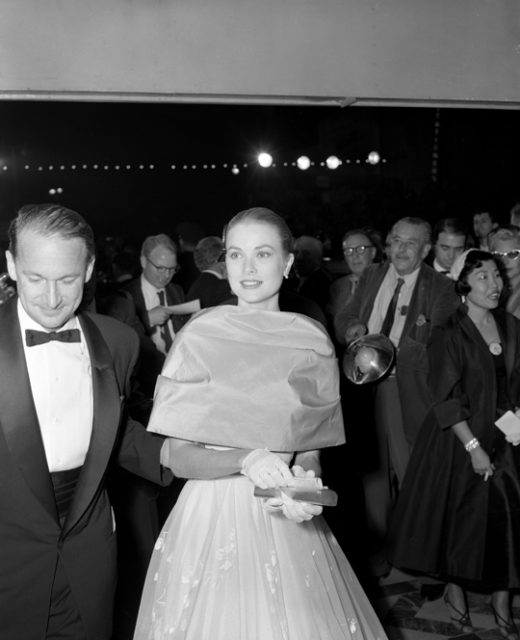
So that appeared to be that for Grace Kelly and Marnie. However, another layer of the story was yet to be uncovered. It transpired political intrigue was at the heart of the matter, rather than Tinseltown wranglings.
In Hitchcock’s archive, the fraught political situation between France and Monaco was laid bare.
A memo revealed that the administration of President Charles de Gaulle was “irritated over Monaco’s free and easy tax system which included no income or corporation taxes… To make Monaco fall in line with the French tax system, de Gaulle ordered the withdrawal of the 1951 convention governing French-Monacan relations under an older treaty.”
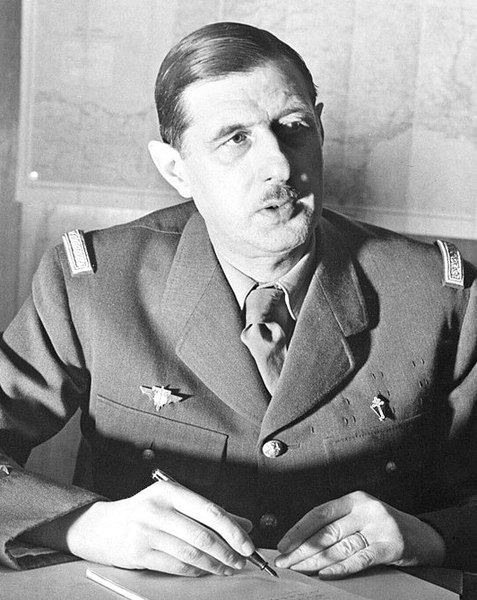
“Monaco had six months to negotiate a new one and otherwise faced economic loss of its French-controlled water supply and electrical and telephone services.”
Put simply, Rainier III had to straighten up and fly right. Having Grace resume her acting career would not have been a good look, so she had to bow out.
The BBC claims that before he met his wife “Rainier had been paying people to introduce him to Marilyn Monroe.”
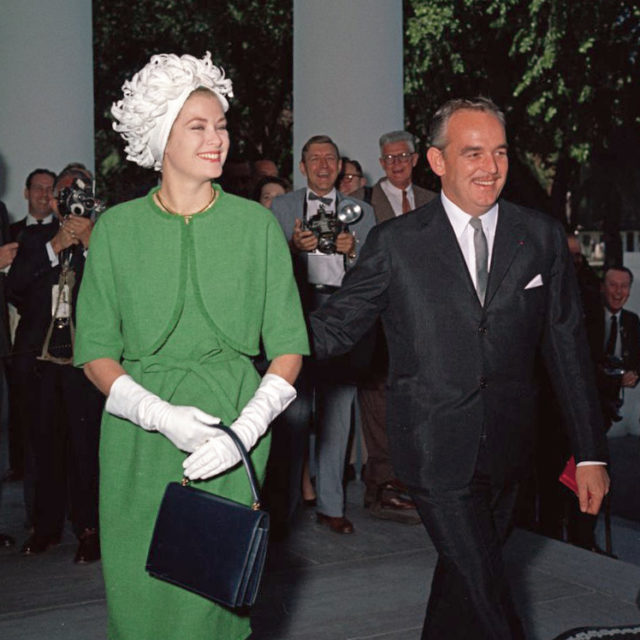
“He wanted a top-shelf US actress – who would then quit acting to bear him children, thus securing Monaco’s crown and tax-free independence from France.”
The role of Marnie was eventually taken by Hitchcock’s muse, Tippi Hedren. Tensions between the pair led to their relationship breaking down. Inevitably Hedren was linked to Grace Kelly in reviews, following the press frenzy which greeted the Princess’s potential involvement.
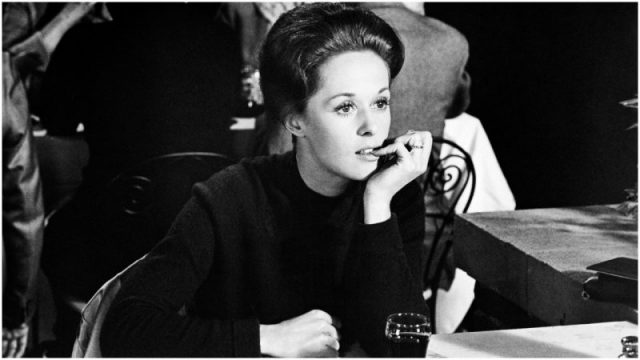
A Variety review says that “Hedren, undertaking role originally offered Grace Kelly for a resumption of her screen career, lends credence to a part never sympathetic.
It’s a difficult assignment which she fulfills satisfactorily, although Hitchcock seldom permits her a change of pace which would have made her character more interesting.”
https://www.youtube.com/watch?v=xJPlx5MuivY
When it came to her personal character, Princess Grace was always under scrutiny. She rarely gave anything away but some speculate Hitchcock could have been a father figure to her. Raised in a wealthy and high-achieving family, she was surprisingly made to feel like the outsider despite her accomplishments.
Read another story from us: Celebrity jobs before they were famous
The BBC writes “Instead of (Dad) Jack Kelly’s affection, she had Hitchcock’s, who claimed that Kelly could practically read his mind.” Who knows what Marnie might have been had circumstance allowed the two to work together again?
